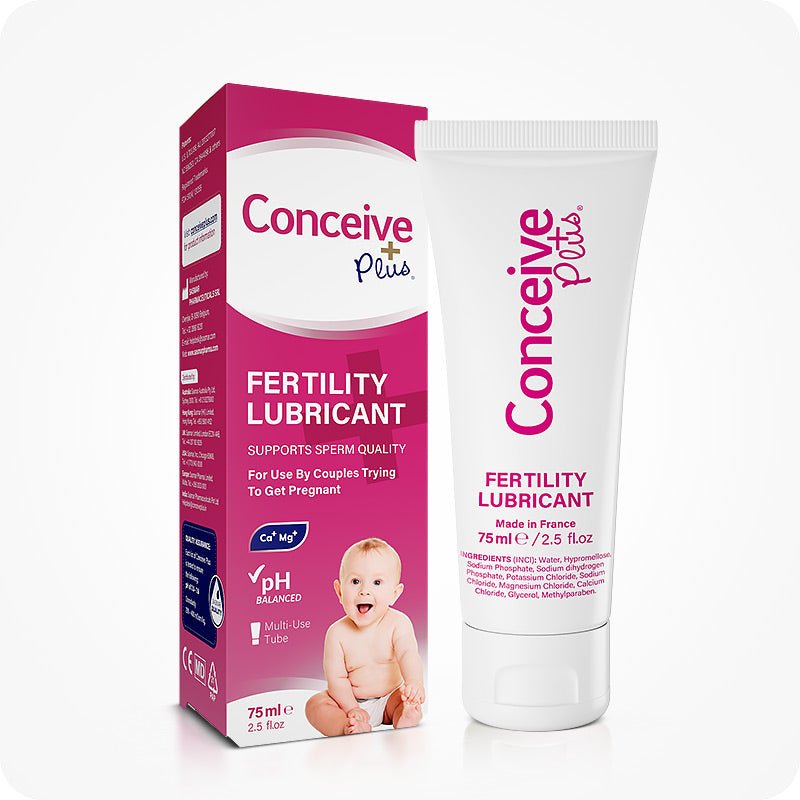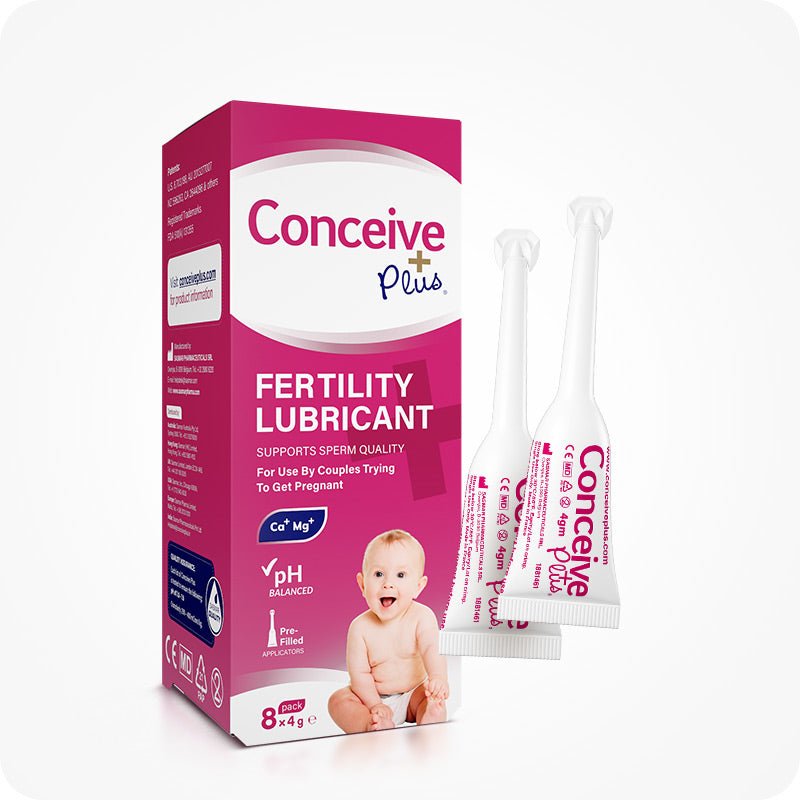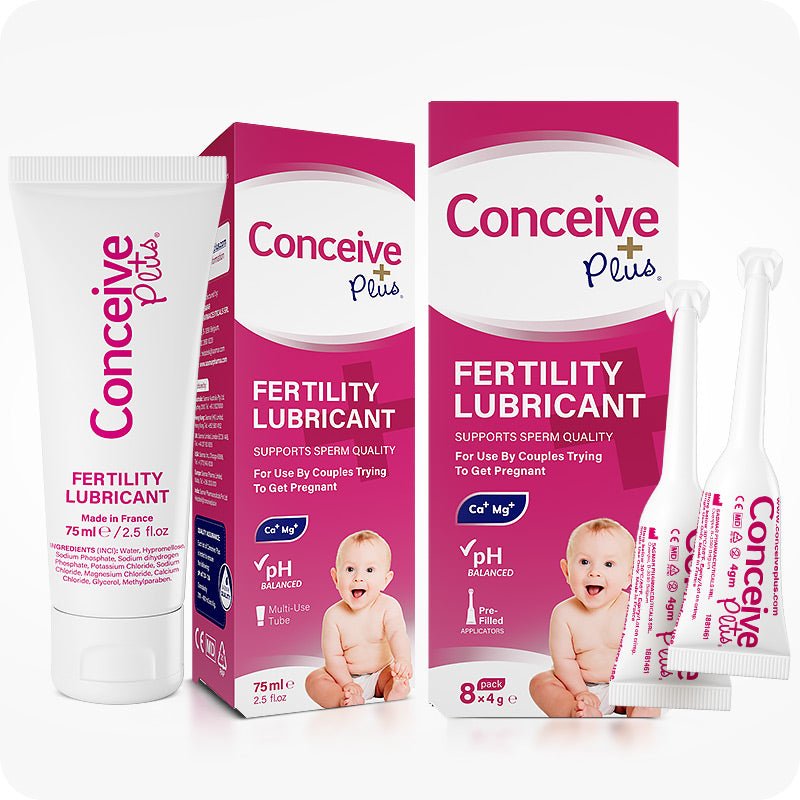How to Plan a Birth Control and Top 5 Birth Controlling Methods

Many people look for ways to manage fertility in line with personal goals, so learning how to plan a birth control approach is essential. This helps reduce stress, maintain health, and keep options open for future parenthood. Some individuals prefer short-term contraceptives, while others feel more secure with longer-lasting solutions. Having a complete overview of available methods and knowing how nutrients can impact fertility can guide the best decision at each stage [1].
Below is a broad outline, covering everything from hormonal and non-hormonal methods to permanent solutions and relevant nutrients.
Why Consider a Birth Control Strategy?
A structured strategy offers many advantages. One advantage is peace of mind. No one wants unexpected surprises before feeling ready. Another advantage is the freedom to focus on career, health, or finances. Some individuals also find that choosing carefully helps preserve fertility for later years. Modern fertility tools and tests can assist in understanding reproductive health and making informed decisions.
It can boost confidence, too. A thoughtful approach addresses personal health conditions, comfort level, and future natural family planning. Having a plan ensures each method aligns with daily habits, whether that means remembering a pill every day or preferring an option that requires no frequent attention.
Having this framework also fosters more open conversations with healthcare providers. They may offer suggestions if certain methods conflict with existing medical conditions [2].
Tiny Note: Some might consider cultural or religious perspectives, but that decision depends on individual beliefs.
Hormonal Choices
Hormonal contraceptives typically rely on estrogen, progestin, or a combo of both. Pills, patches, rings, injections, and implants all fall under this umbrella. They block the release of an egg or make it tough for sperm to reach it. In many cases, these methods show high effectiveness if used correctly [3].
Some encounter mild side effects: headache or mood swings. Others see changes in menstrual patterns. However, these side effects often fade after a few months. While on hormonal contraception, B vitamins, magnesium, and iron might help maintain energy. Occasional check-ins with a provider can clarify if changes are needed.
Barrier Approaches
Barrier methods physically prevent sperm from meeting an egg. Options include male condoms, female condoms, diaphragms, and cervical caps. Condoms also offer an added layer of protection against certain infections.
Since these methods do not involve hormones, many people choose them for minimal bodily interference. Yet they require careful use each time. Using them incorrectly (like putting on a condom too late) can lower effectiveness.
Diaphragms and caps typically require a fitting by a medical professional. That ensures a good seal around the cervix. Also, storing condoms in a cool, dry spot helps prevent tearing [4].
Long-Acting Reversible Methods
Long-acting reversible contraceptives (LARCs) stay active over extended periods. These include intrauterine devices (IUDs), both hormonal and copper-based, plus arm implants.
IUDs can last from three to ten years, depending on the specific device. Copper IUDs contain zero hormones but may cause heavier or crampier periods. Hormonal IUDs release progestin, often leading to lighter cycles. The implant, a small rod under the skin of the upper arm, can offer pregnancy prevention for around three to five years [5].
Most find these methods convenient. There's little daily or monthly maintenance. A quick check with a professional ensures proper placement. Removal is an option at any time if pregnancy becomes a goal.
Permanent Choices
Permanent solutions, like tubal ligation or vasectomy, are intended for those who feel sure about not having children later. Tubal ligation involves sealing the fallopian tubes, while a vasectomy interrupts the path of sperm. These procedures are nearly 100% effective, but reversing them is complicated and not always successful [6].
Recovery is usually not too long. However, discussing potential regrets with a healthcare provider is vital beforehand. Some might prefer a non-permanent method instead if there's any possibility of changing their minds.
Maintaining good health and nutrition remains valuable for overall well-being, even if future fertility is no longer a concern.
Balancing Contraception with Future Conception Goals
Individuals who know they want a baby later often wonder how to reconcile current contraception with plans for pregnancy. Certain birth control types, like the pill or ring, allow for quick return of fertility once discontinued. Others, like injectable forms, might take a bit longer to wear off.
Lifestyle habits also matter. Getting enough vitamins (C, E, B-complex) can support hormone function. Lowering stress through light exercise or gentle yoga might encourage more regular cycles. Cutting back on smoking also helps if trying for a healthier conception window in the coming years.
In many cases, a professional can provide a timeline, so there's clarity on how soon fertility might rebound after stopping a method [7].
Linking Vitamins and Minerals to Reproductive Health
Reproductive processes rely on a wide array of vitamins and minerals. Folic acid is known for helping prevent certain fetal issues. Myo-inositol and D-chiro inositol can encourage better insulin balance, which benefits people with PCOS. CoQ10 is an antioxidant that may protect egg and sperm cells from damage [8].
Zinc is important for sperm quality and hormone balance. Meanwhile, iron helps ensure adequate oxygen distribution. Many also find that magnesium fosters relaxation and stable energy levels. Each nutrient contributes its own role, though no single supplement guarantees speedy conception.
Eating a varied diet—greens, proteins, grains, and healthy fats—goes a long way toward ensuring baseline levels. Supplements may be beneficial if blood tests reveal deficiencies or if dietary patterns are limited.
What Are 5 Methods of Birth Control
It often helps to see a clear rundown. This section highlights top five birth controlling methods which many find effective.
Method 1: The Pill
A daily pill that manages hormone levels, mainly halting ovulation. Consistency is the key, otherwise protection dips. Some experience mood changes at first. Others notice improvements in cycle regulation [9].
Method 2: IUD
A T-shaped device placed in the uterus. Hormonal IUDs release progestin, non-hormonal IUDs rely on copper. Both can last several years and are easily reversible via removal [10].
Method 3: Condoms
Thin protective barriers that block sperm entry. They’re easy to get and can protect against certain infections. Correct application each time is necessary [11].
Method 4: Implant
A tiny rod in the arm that steadily releases progestin. It may last around three to five years. Fertility commonly resumes soon after removal [12].
Method 5: Injectable Contraception
A shot, typically administered every few months. It prevents ovulation and may change menstrual flow patterns. Requires timely follow-ups for re-injection [13].
Method 6: Tubal Ligation or Vasectomy (Permanent)
A final step for those who do not wish to conceive in the future. Surgeries target fallopian tubes or vas deferens to block egg or sperm transit. Reversal can be complex [14].
Building Fertility Reserves Before Stopping Birth Control
Making the body ready before halting contraception can ease the transition. Some plan a few months of better eating and daily exercise. Others might add supplements like folic acid and vitamin D, especially if there's a known deficiency.
Stress can disrupt cycles, so gentle stress-reduction techniques are helpful. A calmer environment can improve hormone balance and ovulation. Observing basal body temperature or using ovulation predictor kits after stopping birth control can help pinpoint when fertility returns.
Patience is wise. Some see an immediate return to regular cycles, while others take a few months for hormones to stabilize [15].
The Role of Fertility-Friendly Lubricants
Standard lubricants may contain ingredients that affect sperm movement, which can become an issue if pregnancy is on the horizon. Fertility-friendly lubricants aim to preserve sperm health by providing a pH environment that is not detrimental [16].
Many formulations include calcium or magnesium ions. These mimic natural fluids in the reproductive tract. Even for those using contraceptives, switching to a sperm-friendly formula might be beneficial if future conception is planned.
Always check labels carefully. Some products still contain irritants or parabens that don’t suit every user.
The Bottom Line
When deciding how to plan a birth control strategy, individuals can pick from short-term fixes, barrier devices, or even permanent steps, depending on personal preferences and long-term aspirations. Many factors like health history, daily routine, and financial priorities play into selecting the correct path.
It’s also wise to remember how nutrition, vitamins, or certain friendly lubricants might influence fertility and overall health. A thorough plan can help maintain confidence and ease transitions, if or when the goal becomes pregnancy. In short, the journey to plan a birth control can be shaped around personal comfort, well-being, and future hopes.
FAQs
Can fertility return immediately after ditching hormonal options?
Yes. Some see cycles normalize right away, but others take a few months to regulate.
Are barriers truly protective against infections?
Male and female condoms can help. Diaphragms and caps, however, usually don’t protect from sexually transmitted infections.
Do permanent methods have any chance for reversal?
Technically yes, but success is never certain and can be expensive or invasive. Most experts suggest caution when selecting irreversible procedures.
Can vitamins or minerals guarantee speedier conception?
They may assist normal bodily functions and reduce risks, but no supplement promises an instant pregnancy. Balanced nutrition and healthy habits remain crucial.
What if hormones cause side effects that won’t fade?
Talking to a medical professional about switching or adjusting dosage might resolve persistent symptoms. Temporary side effects often subside over time, but severe issues warrant reevaluation.
Citations
- Trussell J. (2011). Contraceptive failure in the United States. Contraception. Available at: https://pubmed.ncbi.nlm.nih.gov/21477680/
- Gavin, L., Moskosky, S., Carter, M., Curtis, K., Glass, E., Godfrey, E., Marcell, A., Mautone-Smith, N., Pazol, K., Tepper, N., Zapata, L., & Centers for Disease Control and Prevention (CDC) (2014). Providing quality family planning services: Recommendations of CDC and the U.S. Office of Population Affairs. MMWR. Recommendations and reports : Morbidity and mortality weekly report. Recommendations and reports. Available at: https://pubmed.ncbi.nlm.nih.gov/24759690/
- Hatcher, R. A., Trussell, J., Nelson, A. L., Cates, W., Kowal, D., & Policar, M. S. (2012). Contraceptive technology (20th ed.). Ardent Media. Available at: https://www.researchgate.net/publication/262098378_Contraceptive_Technology_Revised_20th_edition
- Gallo, M. F., Grimes, D. A., & Schulz, K. F. (2002). Cervical cap versus diaphragm for contraception. The Cochrane database of systematic reviews, 2002(4), CD003551. Available at: https://pubmed.ncbi.nlm.nih.gov/12519602/
- Hubacher, D., & Kavanaugh, M. (2018). Historical record-setting trends in IUD use in the United States. Contraception. Available at: https://pubmed.ncbi.nlm.nih.gov/29842865/
- Shih, G., Turok, D. K., & Parker, W. J. (2011). Vasectomy: the other (better) form of sterilization. Contraception. Available at: https://pubmed.ncbi.nlm.nih.gov/21397087/
- Gnoth, C., Frank-Herrmann, P., Schmoll, A., Godehardt, E., & Freundl, G. (2002). Cycle characteristics after discontinuation of oral contraceptives. Gynecological endocrinology : the official journal of the International Society of Gynecological Endocrinology. Available at: https://pubmed.ncbi.nlm.nih.gov/12396560/
- Showell, M. G., Mackenzie-Proctor, R., Jordan, V., & Hart, R. J. (2020). Antioxidants for female subfertility. The Cochrane database of systematic reviews. Available at: https://pubmed.ncbi.nlm.nih.gov/32851663/
- Lopez, L. M., Grimes, D. A., Gallo, M. F., Stockton, L. L., & Schulz, K. F. (2013). Skin patch and vaginal ring versus combined oral contraceptives for contraception. The Cochrane database of systematic reviews. Available at: https://pubmed.ncbi.nlm.nih.gov/23633314/
- Diedrich, J. T., Zhao, Q., Madden, T., Secura, G. M., & Peipert, J. F. (2015). Three-year continuation of reversible contraception. American journal of obstetrics and gynecology. Available at: https://pubmed.ncbi.nlm.nih.gov/26259905/
- Holmes, K. K., Levine, R., & Weaver, M. (2004). Effectiveness of condoms in preventing sexually transmitted infections. Bulletin of the World Health Organization. Available at: https://pubmed.ncbi.nlm.nih.gov/15356939/
- Darney, P., Patel, A., Rosen, K., Shapiro, L. S., & Kaunitz, A. M. (2009). Safety and efficacy of a single-rod etonogestrel implant (Implanon): results from 11 international clinical trials. Fertility and sterility. Available at: https://pubmed.ncbi.nlm.nih.gov/18423453/
- Kaunitz A. M. (2000). Injectable contraception. New and existing options. Obstetrics and gynecology clinics of North America. Available at: https://pubmed.ncbi.nlm.nih.gov/11091987/
- Peterson, H. B., Xia, Z., Hughes, J. M., Wilcox, L. S., Tylor, L. R., & Trussell, J. (1996). The risk of pregnancy after tubal sterilization: findings from the U.S. Collaborative Review of Sterilization. American journal of obstetrics and gynecology. Available at: https://pubmed.ncbi.nlm.nih.gov/8623843/
- Gnoth, C., Godehardt, D., Godehardt, E., Frank-Herrmann, P., & Freundl, G. (2003). Time to pregnancy: results of the German prospective study and impact on the management of infertility. Human reproduction (Oxford, England). Available at: https://pubmed.ncbi.nlm.nih.gov/12923157/
- Agarwal, A., Deepinder, F., Cocuzza, M., Short, R. A., & Evenson, D. P. (2008). Effect of vaginal lubricants on sperm motility and chromatin integrity: a prospective comparative study. Fertility and sterility. Available at: https://pubmed.ncbi.nlm.nih.gov/17509584/














